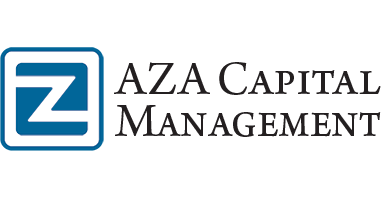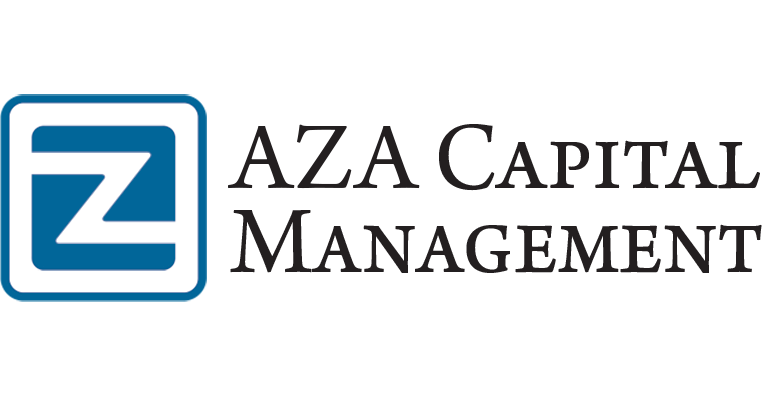Despite talk of green shoots in the economy, the fundamentals continue to underwhelm. Cracks that started before the world knew the term coronavirus (Covid-19) have now come under more pressure, as we digest the potential of a pandemic emanating from Wuhan, China.
China has placed reportedly 400 million people on lockdown. Tokyo has cancelled their non-pro marathon, turning away 38,000 expected participants. Hong Kong has cancelled school through March 16th. Russia has closed its land border with China. Only time will tell what impact this virus will have, but as for now, there’s clearly an abundance of caution.
But where was the world headed before Covid-19 became household conversation? For points of reference, let’s look at the top four global exporters (ex-China) – the United States, Japan, Germany, and South Korea.
U.S. Industry Struggles
The U.S. industrial sector continued to weaken through January as Industrial Production dropped to a level seen only during past recessions and in 2015 during the attempted Saudi takedown of U.S. shale production.

Japanese Production Wobbles
The Japanese industrial sector is trending weaker. The trailing 12-month average of Japanese Industrial Production, which helps to smooth the highly volatile series, still shows a negative value as of December 31.
Japanese retail trade numbers tell the same story. In the past, the only things that drove Japanese industrial production to these current levels were U.S. recessions, European recessions, and the Asian Financial Crisis.

Korean Exports Lap Bad Comps
South Korean exports have been a reliable indicator for global trade. Volatile, too, Korean exports are at levels last seen in the Asian Financial Crisis, U.S. or European recessions, or the Saudi-U.S. shale showdown. The recent January print was less negative, but that -6.1% reading was comparing against a -6.2% year-over-year data point from January 2019. The trend is likely down given recent events in China.

Germany Nosedives
The Eurozone is likely already in recession. Weakness in German (and global) auto manufacturing continues. At the end of 2019, German Industrial Production tanked to a level not seen since the 2008 Global Financial Crisis. For more data points, read Are Market Conditions Similar to 1929.

Corporate Debt, Capex, and Labor
We believe that if the U.S. has a recession, it will be partially driven by a decline in business capital expenditures (capex). U.S. and global corporate debt levels have soared and the growing number of low credit-quality issuers has become a tinderbox.
Further, there are odds that the ongoing Federal Reserve bailout in repo markets is likely due to Japanese banks and off-shore hedge funds that have used leverage to gorge on this debt issuance feast, only to have the market freeze on counter-party risk concerns. U.S. bank balance sheet credit transformation, a type of financial engineering that has fueled leverage, may have introduced systemic risk that alarmed the Fed, resulting in repo market rescue operations and QE4 balance sheet expansion.

Corporate profits in the U.S. economy have not grown for nearly six years. S&P 500 profit growth has been flat to negative for the last year, and from 2006 to present, the peak-to-peak growth in earnings before extraordinary items have been meager and below long term trends. Additionally, margins have been squeezed.
Management teams traditionally resolve debt and margin issues through various means. First, we expect a cut in capital expenditures to help redirect cash toward debt service. Second, as sales stagnate and margins compress, management looks to reduce costs. Headcount reductions are a time-tested cost-out tool.
And the data are following this path. We see private investment in the U.S. declining. Energy and autos have been weak, as well as, residential fixed investment.

Labor markets have yet to feel the brunt of management cost reductions. There is still a large number of job openings. Though not outright cuts, we see job openings declining at a rate last seen in the fourth quarter of 2008.

Again, no outright declines, but payroll growth is stalling to a near recession level threshold. Note the lower highs and lower lows pattern in growth over decades that is commensurate with declines in population and GDP growth.

The bottom line is that the global growth slide, from a fundamental perspective, has yet to carve out a discernible bottom.
Price and Value Are Misaligned
There are two sides to the equation of price and value. Given the fundamentals of low growth and high debt levels, price is clearly in a bubble in its own category.
At a minimum, the data indicate today’s U.S. equity market bubble is on par with two major episodes in U.S. history—the tech, media, telecom bubble in 2000 and the Roaring 20s peak in 1929, which led up to the Great Depression.
To simply illustrate these levels, let’s look at two popular measures that are less prone to earnings or leverage manipulation.
- Price-to-Sales for the S&P 500 has exceeded the 2000 peak.
- Enterprise Value-to-EBITDA for the S&P 500 is currently 14.5x, also very close to its 2000 peak of 14.7.
In retrospect, market valuations in the 2000s were not justified, but at least they were being supported by a more robust economy compared to now.

The "Buffet Indicator" can be illustrated by looking at the ratio between the value (market cap) of all U.S. stocks and economic output (GDP). If one grows faster than the other, the ratio changes. Currently, we find this indicator at a new record where the Wilshire 5000’s market capitalization is over 158% of GDP, significantly exceeding the previous record set in 2000.

With valuations this high, growth expectations become paramount. And Covid-19 is not growth positive.


